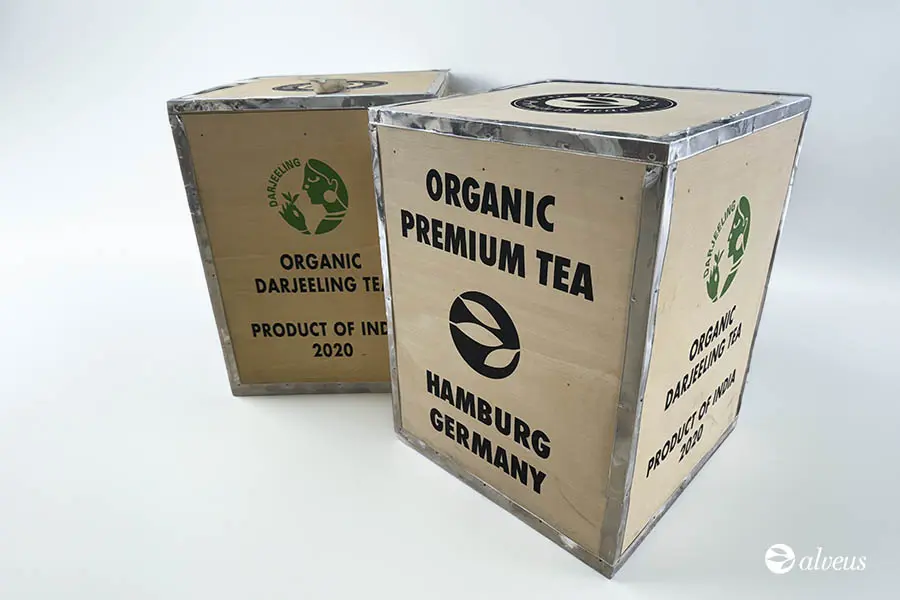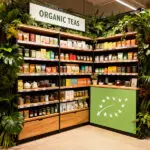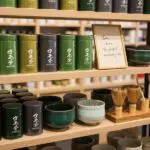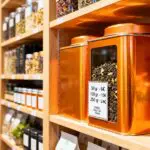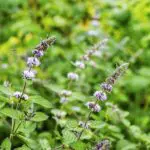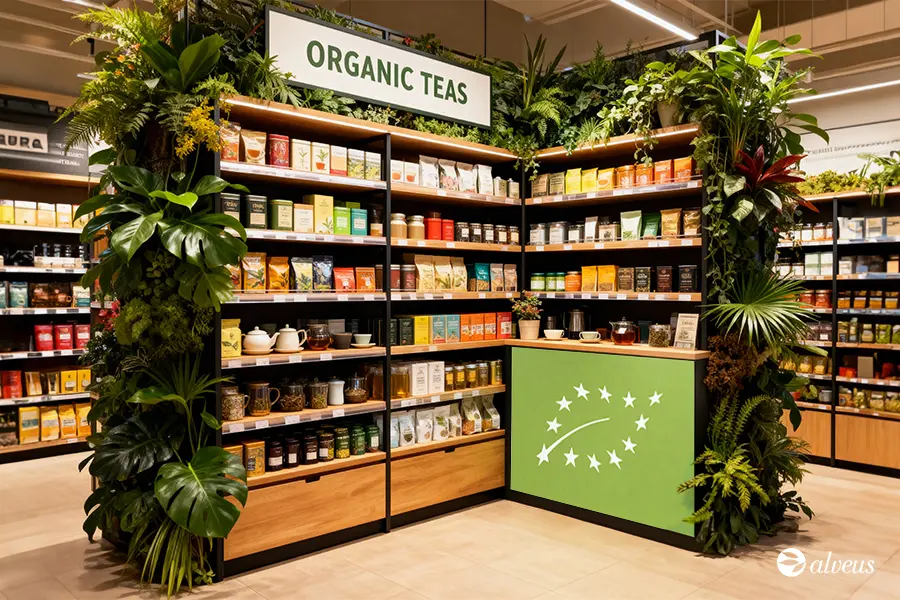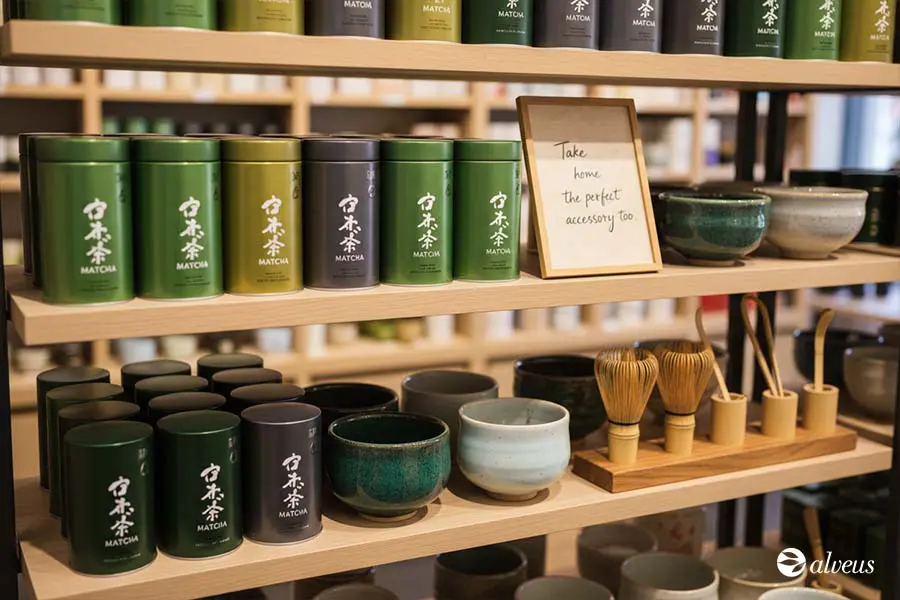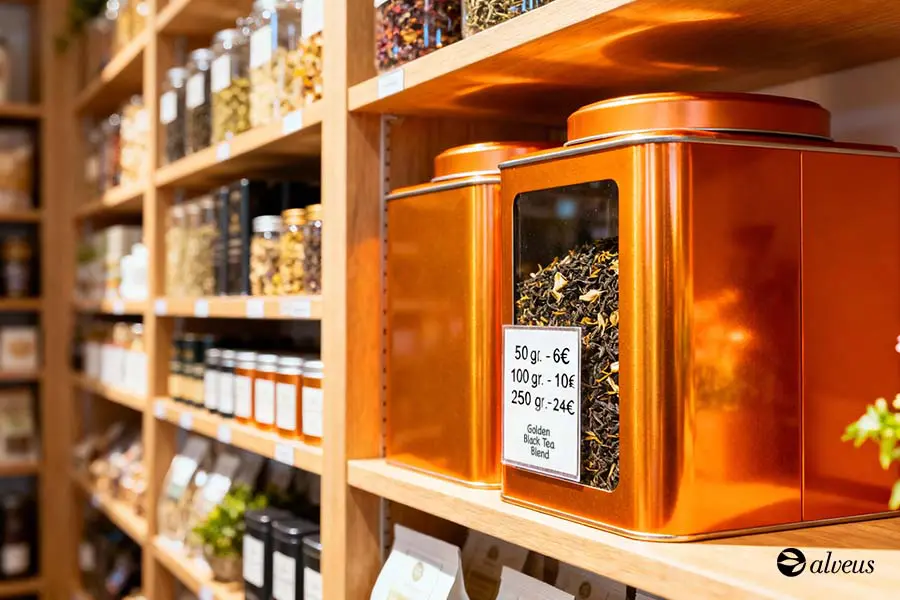What is Darjeeling Tea?
Darjeeling tea has gained undeniable prominence in the global market, especially as consumers increasingly seek authentic, sustainable, and high-quality products. Grown in India, this tea is among the most prized and respected in the world.
Darjeeling is not just a tea—it’s a brand of prestige. Its exclusive origin, flavour complexity, and meticulous cultivation and production process make it a product that can elevate the offerings of any tea business. However, to fully leverage its potential, professionals must understand its qualities and nuances in order to deliver a truly unique customer experience.
Though commonly known as a black tea, Darjeeling also exists in green, white, and oolong varieties, depending on the processing method.
This article explores the key aspects of Darjeeling every tea professional should know—from its history and origin to flavour profiles, types, and how to distinguish it from other teas. We also examine how to use Darjeeling to enhance your offering and maximise its commercial potential.
Origins and History of Darjeeling Tea
The story of Darjeeling tea began in the mid-19th century, when the British, seeking alternatives to Chinese tea due to economic and political dependence on imports, started exploring new tea-growing regions.
The mountainous Darjeeling region in northeast India was chosen for its unique geographical conditions: high altitude, temperate microclimate, frequent mist, mineral-rich soil, and abundant rainfall.
From 1856 onwards, the first tea plants were cultivated—mostly Camellia sinensis sinensis, a variety with smaller and more delicate leaves than assamica.
Since then, Darjeeling tea has become one of the most celebrated teas worldwide. Its distinctive character—a mix of delicacy and complexity—has won over both consumers and tea connoisseurs.
What Makes This Tea Unique
One of Darjeeling’s most remarkable features is its terroir: the geographical and environmental conditions that directly influence the tea’s flavour. Compared to other Indian tea-producing regions, like Assam, or other countries such as Sri Lanka, Darjeeling’s microclimate is uniquely suited to producing high-quality teas.
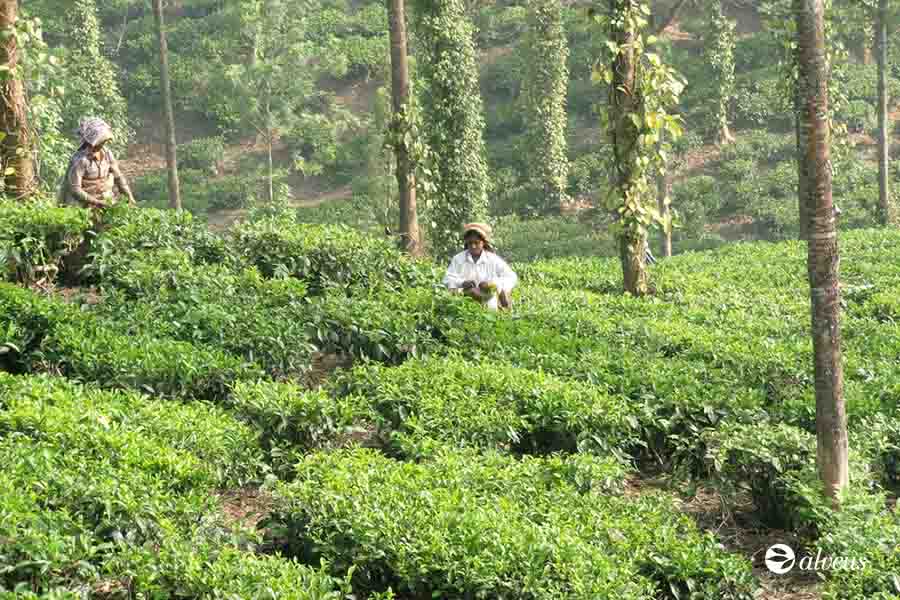
The Role of Altitude
Darjeeling tea gardens are located at 600 and 2,000 metres above sea level, which means cooler temperatures and slower plant growth.
This slow growth allows the leaves to develop more complex and aromatic flavour profiles, resulting in teas known for their delicacy and finesse.
Climate and Soil as Quality Factors
Darjeeling’s climate varies significantly throughout the year: cold, dry winters; warm, rainy summers; and monsoon seasons that provide constant humidity.
The region’s soil is rich in organic matter and minerals, with mild acidity and excellent drainage. These conditions favour teas with a delicate body, refined texture, and signature aroma.
The Flavour of Darjeeling Tea
Authentic Darjeeling teas aren’t known for boldness but for their subtle, layered aromatic complexity. They feature floral, fruity, sometimes herbaceous or woody notes, and a signature “muscatel” profile reminiscent of ripe muscat grapes.
This flavour comes from the region’s environment and farming techniques, but also from natural phenomena. For example, second flush teas develop their characteristic muscatel flavour through interactions with insects such as Empoasca decipiens (also known as green leafhopper).
These insects suck sap from the plants, prompting a natural defensive reaction that enhances fruity complexity even before the leaves are harvested.
Unlike other black teas that are robust and astringent, Darjeeling is soft, fresh, and elegant. It’s rarely taken with milk and is prized in gourmet circles for its delicacy.
Darjeeling Tea Growing Regions
Today, around 87 certified tea gardens are authorised to produce authentic Darjeeling under the Indian Tea Board’s strict quality standards.
This “Champagne” of the tea world is cultivated in specific zones in India’s northeast, particularly within the Darjeeling and Kalimpong districts.
Located on the Himalayan slopes, these areas span different altitudes, which influence the characteristics of the tea. Key growing areas include:
Darjeeling Sadar
The core of Darjeeling tea production, home to most of the region’s tea gardens. Renowned estates like Makaibari and Glenburn produce floral, delicate teas highly valued worldwide.
Kalimpong
Located west of Darjeeling, Kalimpong yields softer, fruitier teas. Though lesser-known, the region produces light, high-quality teas with more subtle profiles.
Kurseong
At around 1,400 metres above sea level, Kurseong is famous for its first flush teas, known for their fresh, floral notes. Situated between Darjeeling and Siliguri, this area is ideal for producing delicate, refreshing teas.
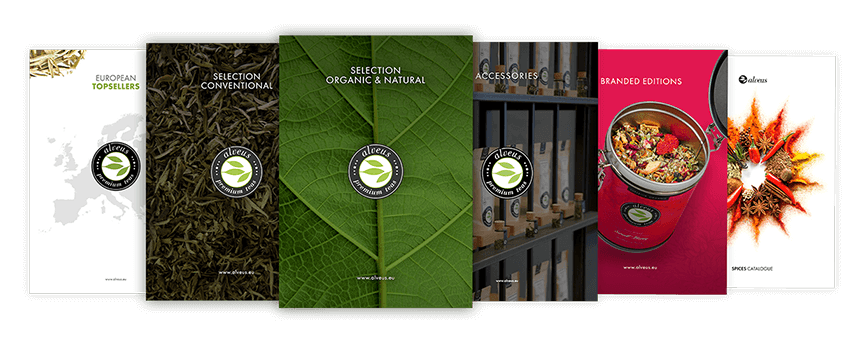
Darjeeling Types by Harvest Season
One of Darjeeling’s most distinctive features is that it doesn’t come in a single type; there are several varieties based on harvest timing.
Darjeeling First Flush (March - April)
First Flush is the most delicate and fresh of all, harvested in spring as the first buds appear. Though mainly used to produce black tea, it can also yield white or green tea depending on processing.
It offers floral and lightly astringent flavours, with a freshness that resembles “oxidised green tea.” The infusion is aromatic, light, and refreshing—ideal for those who appreciate a subtle, refined cup.
Explore our selection of First Flush Darjeeling available on our B2B online store through this link.
Darjeeling Second Flush (May - June)
Second Flush is undoubtedly the most prized Darjeeling tea. Harvested from May to June, once the leaves are fully developed, it results in a more robust tea with a complex flavour profile.
This flush is known for its muscatel character, accompanied by fruity, spicy, and honeyed notes. It’s perfect for those seeking a rich, deep infusion with natural sweetness and body.
Black tea is the most common output of this harvest, though oolongs are also produced.
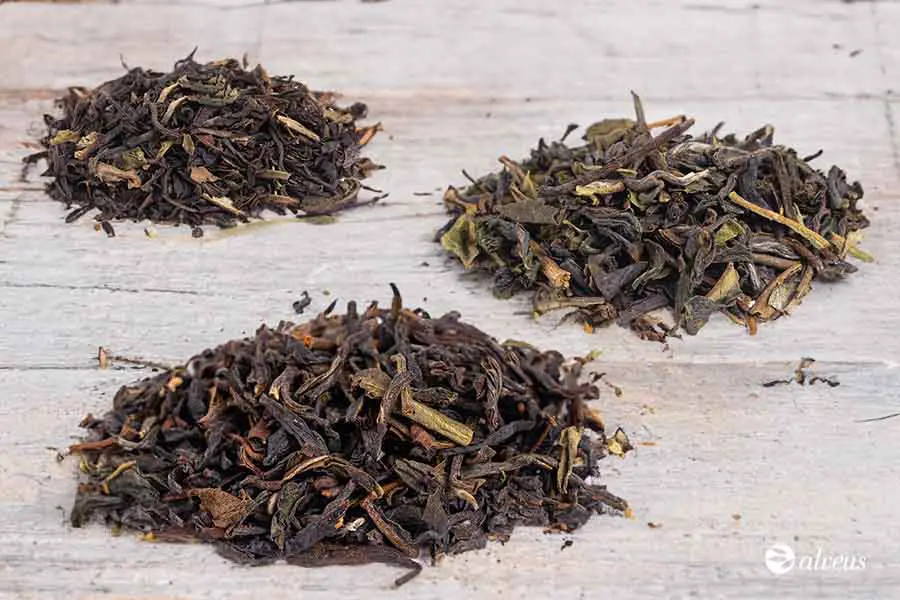
Access our Second Flush Darjeeling tea selection through this link.
Darjeeling Monsoon Flush (July - September)
This flush takes place during the monsoon season, from July to September. While the rainy, humid conditions increase yield, quality tends to be lower.
The leaves are large but have a less concentrated flavour and aroma, resulting in a milder tea. These are often used for blends, green teas, or even oolongs, and are less favoured by tea purists.
Darjeeling Autumnal Flush (October - November)
This harvest happens in late October during autumn. The resulting tea is smoother and more balanced than Second Flush, but has woody and fruity notes that provide a pleasant softness.
Like other flushes, it can produce high-quality black tea and sometimes oolong as well.
What Makes Darjeeling Tea a Premium Product
Darjeeling tea is globally recognised for its exclusivity, quality, and artisanal tradition. Beyond its geographic origin, many factors contribute to its reputation as one of the world’s finest teas.
Artisanal Processing
Unlike mass-produced black teas made with the CTC method, Darjeeling is crafted using the orthodox method, preserving whole leaves and allowing for complex aromatic and flavour nuances.
This hands-on process ensures exceptional quality in every batch. If you’d like to learn more about both production methods, check out our post on the stages of black tea processing.
Extreme Growing Conditions
The altitude and climate of most Darjeeling fields make intensive mechanisation impossible. As a result, both harvesting and processing are mostly done by hand, adding to the tea’s overall quality.
Limited Production, High Demand
Despite its limited availability, demand remains strong in premium markets, making it an exclusive product for which consumers are willing to pay a premium.
Commitment to Sustainability and Fair Trade
Many Darjeeling gardens are certified by international organisations that ensure responsible farming practices and fair wages for workers. This adds ethical value, attracting conscious consumers who seek high-quality products with a positive impact.
Certification and Protection of the “Darjeeling” Name
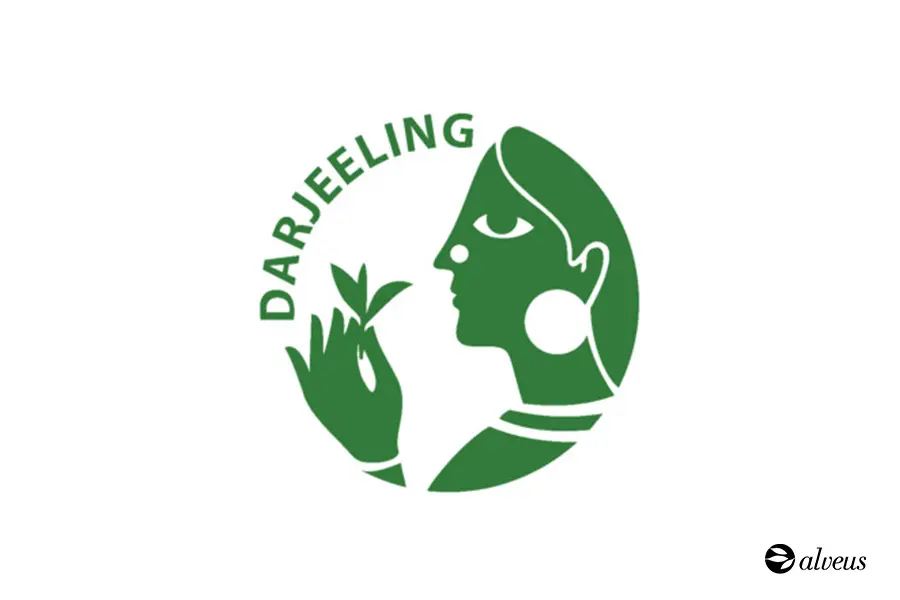
Thanks to this protection, key markets like the European Union only allow the use of the Darjeeling name if the tea is made with 100% leaves grown in the region.
This certification is crucial for distinguishing authentic Darjeeling tea from similar products grown in Nepal, where higher-yielding young plants produce similar-tasting teas, but without the same history and prestige.
Conclusion: A Valuable Investment for Professionals
Darjeeling tea is more than a beverage—it is the result of centuries of tradition, unique geographic conditions, and a meticulous cultivation and production process. Its exclusivity lies not only in its refined taste and aromatic complexity but also in the history, human effort, and regulation that ensure its authenticity.
From its distinct harvests to its muscatel flavour profile, Darjeeling tea reflects the soul of its homeland. Its worldwide recognition and certification reinforce its status in the tea world.
In a market where consumers seek authenticity and sustainability, Darjeeling continues to stand out as a gem among teas. Its legacy continues to evolve, maintaining its position as a benchmark of quality and excellence in the tea industry.


